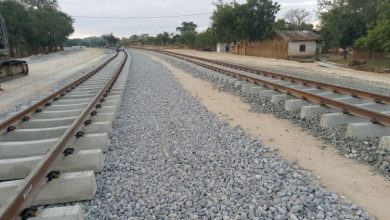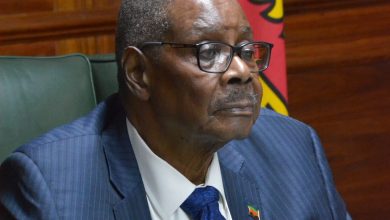Cotton output, revenue tumble
Malawi’s cotton output has taken a significant hit, plummeting by 25 percent to 6 000 metric tonnes (MT) this season down from 8 000MT last year, data show.
This drastic decline starkly contracts with the projected 22 000MT, dealing a harsh blow to the sector’s revival efforts and resulting in reduced proceeds for the farmers and stakeholders.

During the season revenues were recorded at K7.8 billion, a rise from last year K5.9 billion, but way below the projected K30 000, with the crop sold at an average price of K1 300 per kilogramme.
Both the Cotton Farmers Association of Malawi (Cofam) and Cotton Council of Malawi have confirmed the drop in output and revenue in separate interviews, saying it is shocking that this happened in a year when interventions to boost production were intensified.
Cofam president Labson Zidana said in an interview on Tuesday that the season closed in September, with one of the least outputs.
He said: “This was contrary to expectations because as farmers, we had capacity to produce more.
“We believe the main factors are poor seed germination because the germination rate of seed that was distributed under the zero-deposit scheme by the council was 40 percent. We also faced pests outbreak towards the end of the growing season.”
On the performance of the newly introduced system where cotton farmers were being paid using mobile money instead of cash, Zidana hailed the electronic payment approach, but said the system needs strengthening to avoid cases of funds transferred to wrong people.
In a separate interview, the council’s spokesperson Prisca Jamali confirmed the dampened output, describing the situation as shocking , she attributed it to pests outbreak, drought and pesticides challenges.
She said: “The drop is really beyond expectations considering the investment that was made in terms of seed multiplication, which was done local firm and distributed to farmers through a zero-deposit loan scheme.
“Apart from the seed germination challenges, pests outbreak also affected some farmers because during that time, foreign exchange scarcity affected our efforts to import pesticides timely.”
However, Jamali said the council’s objective of boosting cotton output remains, emphasising that the seed multiplication exercise is being cautiously implemented this year to ensure trials are timely made and guarantee improved germinating rate.
Meanwhile, the country’s four ginners, namely, Masapa, Malawi Cotton Company, Afrisian Ginners Limited and Admarc Limited have mostly been underutilising their ginning capacity due to low supply in the past 10 years.
For instance, Malawi Cotton Company field manager Yohane Jim said they only accessed about 3 000MT of cotton against its production capacity of 30 000MT, a situation which is proving costly to sustain.
He said: “Cotton business relies on volumes, but for many years we are only getting 3 000MT while we have an installed capacity of 30 000MT, a situation which means we just operate to run the machine and this is costly to any business.
“This is partly the reason other ginners closed shop because you cannot meet the total expenses with low volumes.”
Jim said the firm recently invested in an oil plant in Balaka and a textile factory in Salima in a $64 million (about K112 billion) combined investment, which are not operating because of lack of supply.
He said: “We currently only separate the seed from the lint. The oil plant and the textile factory are not operating because we need more cotton based on their capacity.
“The textile factory alone, for instance, has an 11 000 metric tonnes capacity.”
In an interview, agricultural policy expert Leonard Chimwaza said lack of political will, proper industry player collaboration and weak regulatory environment are killing the cotton sector.
“In 2009, cotton production improved because there was huge investment into the industry with more ginners coming in. But the political will has faded because government has been seemingly reluctant to significantly invest in the sector,” he said.
Since 2010 when cotton output reached 100 000MT, production has averaged 10 000MT for the past decade with last year recorded at 8 000MT, which translated to $3 million (about K5.9 billion) in terms of revenue.





